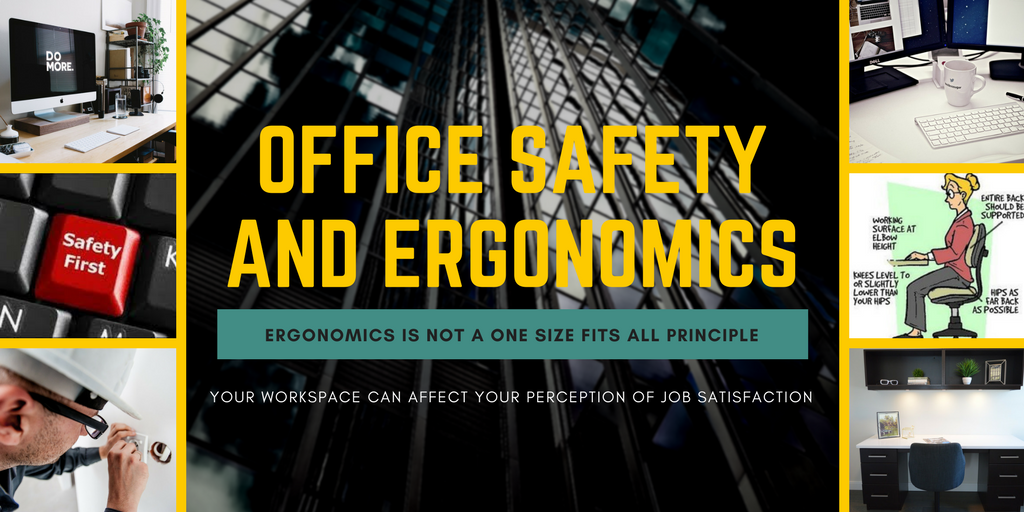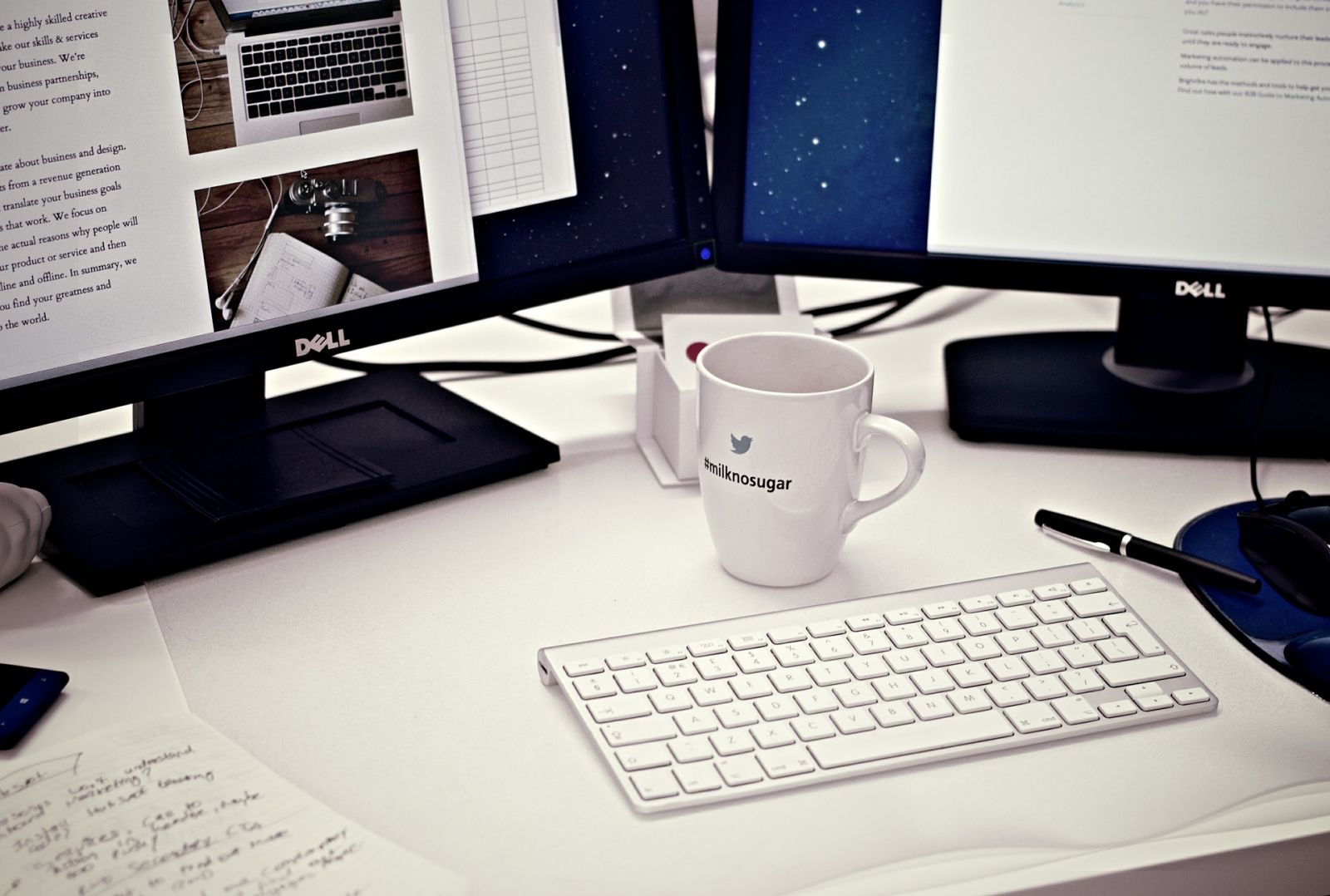
Safety in the office may not at first come across as fundamental as safety at a high-risk location like a mine or a construction site. However, there are a range of health and safety implications for anyone who works in an office setting. I work in a home office; this has been an exciting and challenging experience for me, not only to have the determination and focus on getting work done at home but also to set up an office that is effective, safe and ergonomic. Ergonomics not only applies to myself and people who work in an office but to anyone who spends a significant amount of time at a desk or at a computer such as students or even gamers.
Ergonomics in the Office
Office work tends to involve prolonged periods of sitting, which can pose significant risks to workers’ health. Research suggests that sedentary work can cause premature death in people who sit for 11 or more hours a day, the risk of heart disease is increased by 50% even if engaging in regular exercise, there is an increased risk of type 2 diabetes, an increased risk of physical injury for a person that maintains a static posture and for a person who sits for more than 11 hours per day the risk of colon cancer doubles; personally, I find this quite frightening.
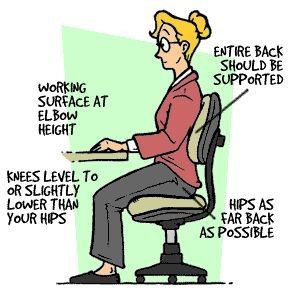
The fundamental aspects of your workstation in terms of ergonomics are your monitor, keyboard and chair. Your workstation is ergonomically acceptable if the alignment of your monitor, keyboard, person and chair are comfortable and requires no twisting of the head or body; a footrest may also be used to help your alignment. Lighting is also crucial in the office as glare and reflections on the screen may cause awkward posture or eye strain if maintained over an extended period of time. These days office furniture comes in all different shapes and sizes, with static or movable options such as sitting/standing desks. Safe Work Australia provides in-depth checklists for furniture specifications, allowing the user to correctly choose the most ergonomic option (Ergonomic Principles and Checklists for the Selection of Office Furniture and Equipment).
Discomfort, pain and injury are most likely to be caused by a constrained posture, and hence static muscle loads which lead to fatigue. These postures can be recognised as forward flexion of the neck, twisting of the neck, elevation of your shoulders and twisting of your trunk. The key to avoiding injury is not only to take frequent rest breaks, trying to limit the proportion of the day spent on the same activity and designing the job to provide variety but also to try to become self-aware of your posture; your furnishings can only do so much for you.
“Office Safety” or “Your Workspace”
General safety needs also to be taken into consideration in your workspace. This can be seen in the form of housekeeping, electrical safety and slips, trips and falls. Your workspace needs to be tidy, organised and well managed, this will prevent clutter obstructing walkways and general tripping hazards. Try to do a quick risk assessment each time you approach your workstation, being vigilant will help keep you safe and aware of your surroundings.
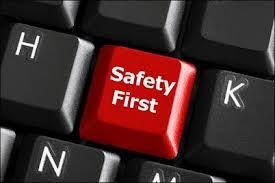
Your place of work, if in business, will have a schedule for periodically checking appliances and electrical cables by a suitably trained professional and well ensure they are safety and suitably maintained. Working from a home office should be no different except that this inspection will be done by you. Periodically inspect electrical cables and equipment for damage, and ensure electrical and network cables away from walkways and work areas, children and pets.
Your workspace also can affect your perception of job satisfaction, a messy workstation with lousy ergonomics increases negative emotions and thoughts. However, a clean, tidy, personalised workstation with good ergonomics promotes positive reactions.
The configuration of your workstation should consider more than just your furnishings and equipment. The workstation layout should take into consideration: the task to be done, the materials and equipment that are required and if possible, the physical and emotional attributes of the person the workstation is designed for.
Ergonomics is not a one size fits all principle, as we all come in different shapes and sizes your workspace should be designed for you. You need to take the time and focus on the safest and most appropriate ergonomic design for you personally as this may make all the difference for your present and future physical and emotional health and wellbeing.
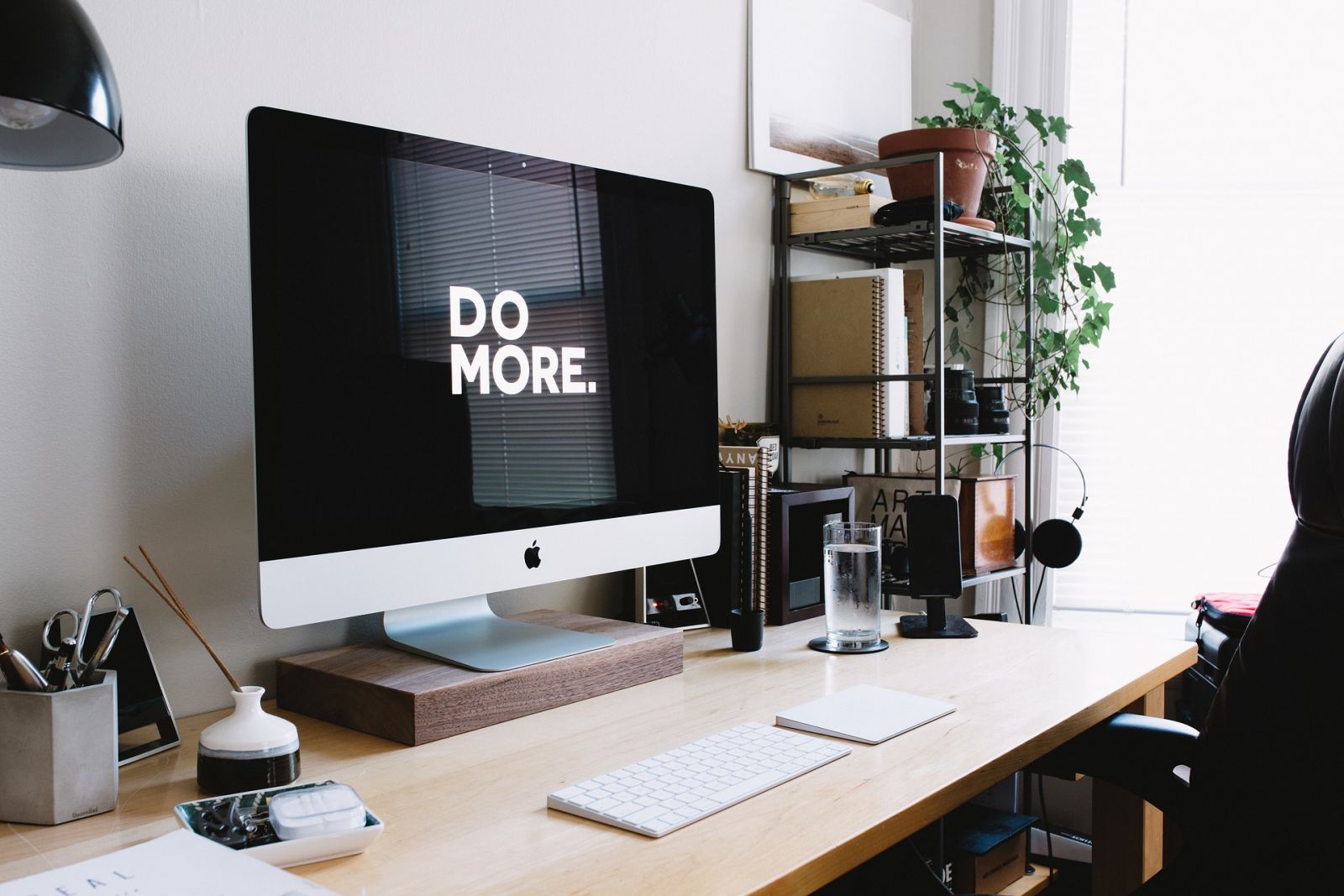
If you or your organisations are interested in learning more or would like to discuss your office safety and ergonomics or just need a hand with designing or implementing safety in the workplace please give Integrate Sustainability a call 08 94680338 or via enquiries@integratesustainability.com.au.

References:
National Occupational Health and Safety Commission Ergonomic Principles and Checklist for the Selection of Office Furniture and Equipment https://www.safeworkaustralia.gov.au/system/files/documents/1702/ergonomicprincipleschecklistsforofficefurniture_1991_pdf.pdf
Dept of Mines, Industry Regulation and Safety; Office Safety – Workstion setup https://www.commerce.wa.gov.au/worksafe/workstation-setup

